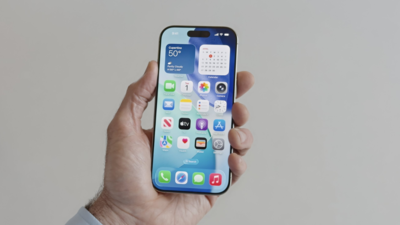Apple’s Liquid Glass design: What iOS 26 tells us about the future of iPhones |
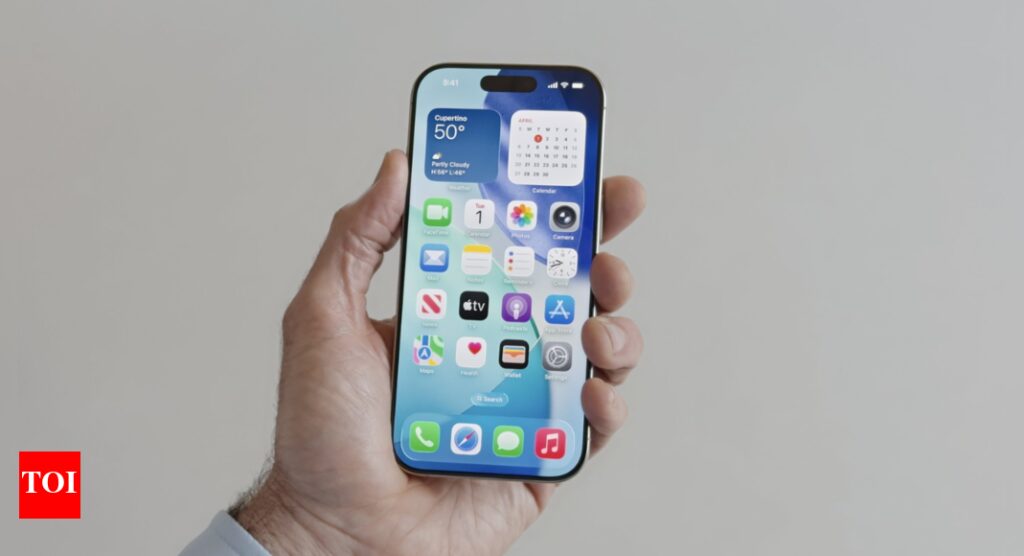
There’s something different about Apple‘s new Liquid Glass design language in iOS 26 While the translucent, fluid interface elements are undeniably beautiful, with their specular highlights and dynamic reflections, they feel strangely at odds with the flat, angular hardware they’re meant to inhabit.The shift represents the company’s third major design evolution since the original iPhone, moving from the real-world mimicry of skeuomorphism to the simplified geometry of flat design, and now to something entirely new. hat comes 12 years after the last major change, when Apple shifted from skeuomorphism to flat design in 2013.But, the current generation of iPhones, with their crisp edges and matte finishes, seems to clash with software that’s all about curves, transparency, and organic flow.This disconnect isn’t accidental. If anything, it’s a preview of where Apple is heading, both in design philosophy and hardware evolution. The Liquid Glass interface feels like it belongs on a device that doesn’t exist yet, one that matches its fluid aesthetic with equally fluid form factors. That device, according to Bloomberg’s Mark Gurman, is likely coming sooner than we think.
When software outpaces the hardware
Apple’s design history is punctuated by moments when software vision preceded hardware capability. The original iPhone’s skeuomorphic interface helped users transition from physical to digital interactions, while iOS 7’s flat design coincided with the introduction of the Apple Watch and larger iPhone displays. Now, Liquid Glass appears to be setting the stage for another hardware change for Apple.
The new design language, announced at WWDC 2025, extends across all of Apple’s platforms, iOS 26, iPadOS 26, macOS Tahoe 26, watchOS 26, and tvOS 26. It features translucent materials that “reflect and refract their surroundings” while “dynamically transforming to help bring greater focus to content.”
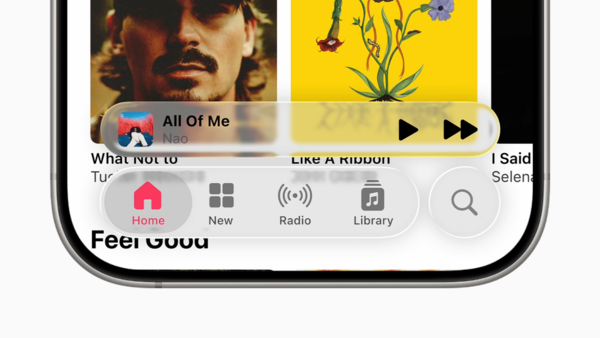
Alan Dye, Apple’s vice president of Human Interface Design, described Liquid Glass as combining “the optical qualities of glass with a fluidity only Apple can achieve.” The emphasis on real-time rendering and dynamic reactions to movement suggests Apple is preparing users for devices that are themselves more glass-like, more fluid in their physical construction.This hardware-software makes sense when viewed through the lens of Apple’s development cycles, as they have repeatedly used interface design to telegraph future. Major interface overhauls typically precede significant hardware launches by 12 to 18 months, giving developers time to adapt and users time to acclimate for transitions that might otherwise feel jarring. The introduction of Dark Mode years before OLED displays became standard across the iPhone lineup is one example; the emphasis on curved corners in iOS design elements before the iPhone X’s curved display is another. Looking back, the tinted icons and customization options Apple introduced last year were early hints of the Liquid Glass design language to come.
The 20th anniversary iPhone: Where hardware meets Liquid Glass vision

Attendees watch a presentation during an event on the Apple campus in Cupertino, Calif., Monday, June 9, 2025. (AP Photo/Jeff Chiu)
Gurman’s reporting reveals why Liquid Glass feels premature on current hardware: it’s designed for the 2027 iPhone, internally codenamed “Glasswing” after the butterfly species with transparent wings. This 20th anniversary device promises to embody the Liquid Glass aesthetic in physical form, featuring “curved glass sides around the entire phone, even at the edges” with “extraordinarily slim bezels and no cutout section in the screen.”
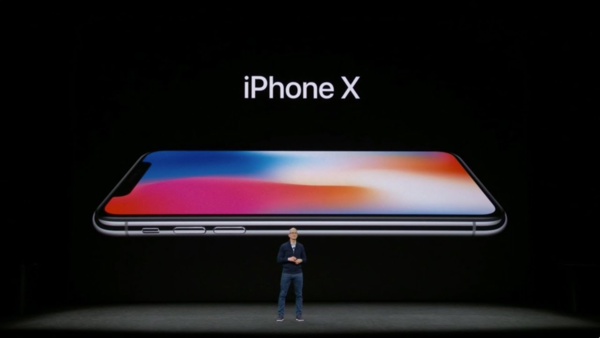
The Glasswing concept suggests Apple is returning to the design language of the iPhone X, that pivotal 2017 device that introduced edge-to-edge displays and curved corners. The iPhone X felt revolutionary precisely because its hardware matched its software: the curved display corners perfectly complemented the rounded interface elements, while the all-glass construction reflected the translucent design elements on screen.Current iPhones, despite their technical prowess, lack this harmony. The flat edges introduced with the iPhone 12 series, while premium and distinctive, create a visual tension with Liquid Glass’s organic curves and flowing animations. It’s elegant software trapped in geometric hardware.
It’s beyond mere aesthetics
Liquid Glass isn’t just about visual appeal, it’s a show of Apple’s advancing graphics capabilities and silicon performance. The real-time rendering and dynamic light effects require considerable computational power, indicating Apple’s chips can handle more sophisticated visual processing than current interfaces utilise.This technological capability is important for the Glasswing iPhone‘s implementation. A device with curved glass surfaces and minimal bezels will need software that can adapt to different viewing angles and lighting conditions. Liquid Glass’s emphasis on environmental adaptation, how interface elements respond to surrounding content and lighting, resembles a feature set for a phone designed to be viewed from multiple angles.
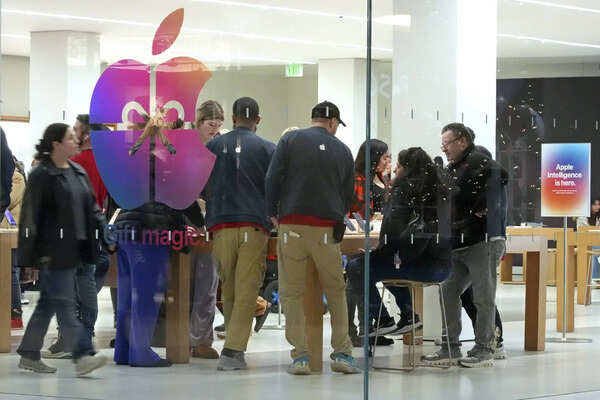
The implications extend beyond phones. Apple’s focus on cross-platform design consistency suggests Liquid Glass will influence products from the Apple Watch to future AR/VR devices. A design language built around transparency and environmental awareness appears well-suited for mixed reality applications, where virtual interfaces must integrate with physical environments.As Apple prepares to introduce iOS 26’s Liquid Glass interface, users will experience a design philosophy that feels ahead of current hardware. This appears intentional. By the time the 20th anniversary iPhone arrives in 2027, Liquid Glass may feel less revolutionary and more like a natural evolution of a design language that finally has appropriate hardware to support its vision.
